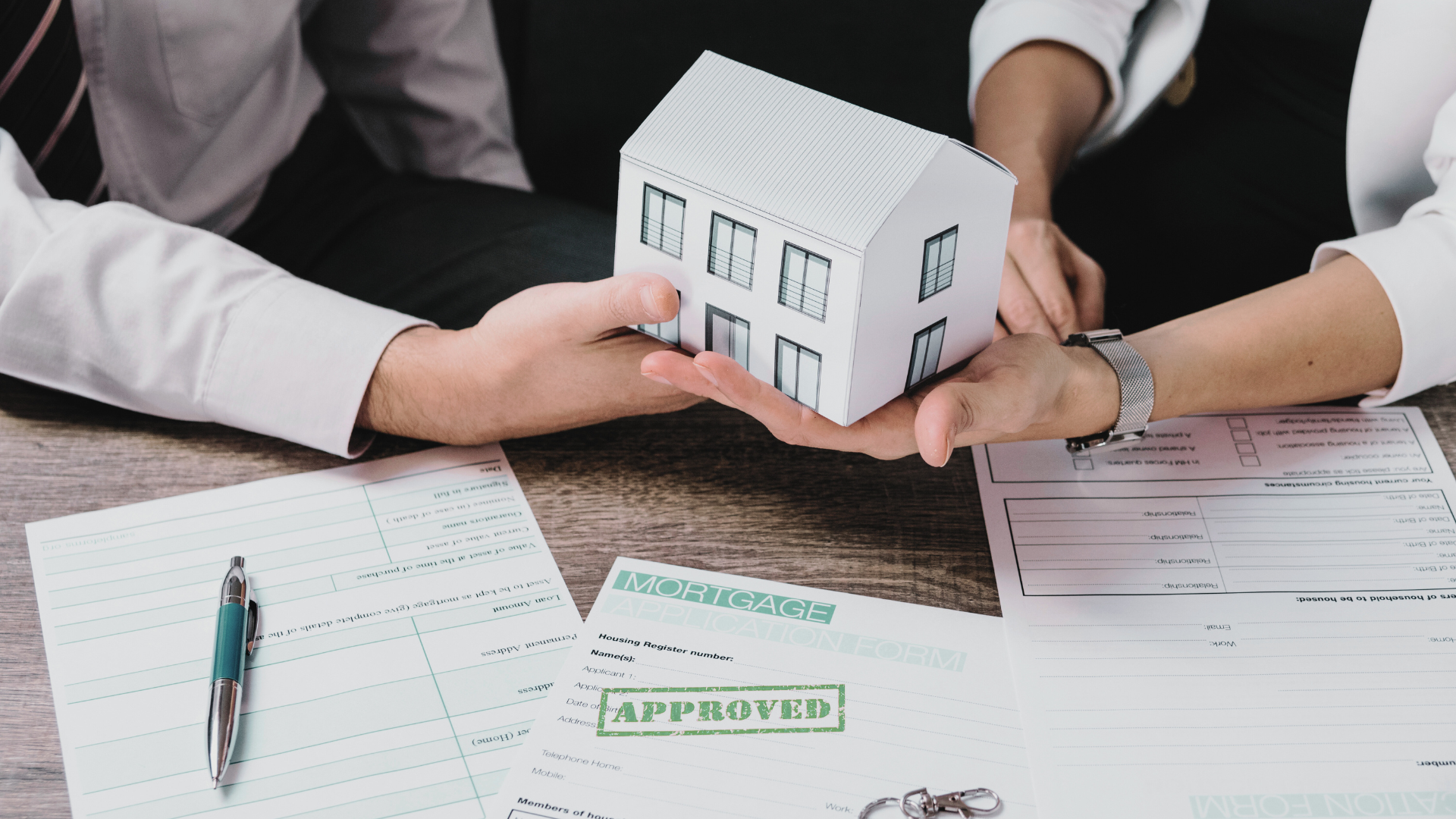Taking a Business Loan Against Property (BLAP) is a smart way to unlock the value of your home or commercial space without selling it. But did you know that while you reap the benefits of business loan against property, you could also save on taxes?
An BLAP is a secured loan sanctioned by a bank or a Non-Banking Financial Company (NBFC), where an individual mortgages a residential or commercial property to borrow funds. The tax benefits on BLAP are not automatic and are governed by specific provisions of the Income Tax Act, 1961, depending on the purpose for which the loan proceeds are used.
Whether you’re applying for a business loan against property to buy a new house or fund your business, knowing the tax breaks on interest payments and the right tax rules can make a real difference. This guide breaks it all down in simple terms.
Tax Benefits on Loans Under Section 24(b) – For Residential Property
If you plan to utilise the funds from your BLAP to purchase or build a new residential property, you can claim a tax deduction under these rules:
- ₹2,00,000 per annum (if the property is self-occupied or vacant)
- Full interest amount (no limit) if the property is let out
To be eligible:
- The loan must be taken after April 1, 1999.
- The construction or purchase should be completed within five years from the end of the financial year in which the loan was taken.
- You should maintain clear documentation, such as loan sanction letters, payment receipts, and interest certificates, to substantiate the use of funds for residential purposes.
This benefit can significantly reduce your taxable income, making homeownership more affordable. By understanding and utilising this provision, you can make informed financial decisions and optimise your tax savings.
Tax Benefits on Loans Under Section 37(1) – For Business Use
When the funds from an BLAP are used for business purposes — such as purchasing equipment, expanding operations, or covering operational expenses — you can claim deductions on the interest paid, processing fees, and documentation charges as business expenditures under Section 37(1).
There’s no monetary cap on this deduction, but it’s crucial to maintain proper records, like invoices and bank statements, to demonstrate the business use of the loan.
This provision allows business owners and professionals to reduce their taxable income by accounting for loan-related expenses, thereby improving cash flow and supporting business growth. Understanding this benefit ensures that you can leverage financial tools effectively to support your business objectives.
Eligibility for the Tax Exemptions
Not every Business Loan Against Property (BLAP) automatically qualifies for tax benefits. Whether you are eligible for tax benefits depends entirely on how you use the loan amount and how well you document it. Here’s a breakdown of the key factors that determine your eligibility:
Purpose of the Loan
If the BLAP is used as a personal loan – for travelling, household expenses, children’s education, or medical treatments, it may not qualify for tax exemptions. This includes both the original BLAP and any top-up loans. To make it very clear: A top-up loan taken on an existing BLAP can also qualify for tax benefits.
If the usage is not eligible for tax exemption under the Income Tax Act of 1961, you will not receive any tax deductions, no matter how big the loan is.
Proper Documentation is a Must
- Keep invoices, bank statements, loan sanction letters, and payment receipts
- Be prepared to prove that the loan amount was spent exactly as declared in your tax filings
Documents Required to Claim Income Tax Benefits
While we are on the subject of proper documentation, let us see what documentation means in this context:
When you file your ITR and claim deductions, like on interest paid for an BLAP, the Income Tax Department may review or assess your returns to check:
- Whether your income is declared correctly
- Whether the deductions claimed (like under Section 24(b) or 37(1)) are valid
- Whether the documents and proofs provided support your claims
This process can involve a simple online check, or in some cases, you may receive a notice asking for additional documents or clarification.
During this assessment, you will need a checklist to make sure that your claims process is hassle-free. This checklist ensures you’re well-prepared, compliant, and ready to maximise your tax savings:
- Loan sanction letter
- Interest certificate from the lender
- Property purchase or construction agreement (if applicable)
- Invoices, receipts, and bank statements proving how the loan was used (especially for business or home purchase)
Final Thoughts
Understanding how to avail tax benefits on a Business Loan Against Property can help you save while meeting major financial goals. Whether you’re investing in a new home or boosting your business, knowing which sections of the IT Act apply — and using the loan wisely — makes all the difference.
To get an BLAP online in just a few clicks, head over to the EFL Click App.
FAQs
Can I get tax benefits on a Business Loan Against Property?
Yes, if the loan amount is used for specific purposes such as purchasing or renovating a residential property (under Section 24(b)) or for business-related expenses (under Section 37(1)).
Do I get tax deductions on the interest paid on a business loan against property?
Yes, interest paid can be deducted under Section 24(b) (for housing purposes) or Section 37(1) (for business purposes), subject to eligibility and proper documentation.
Can I claim tax benefits on a top-up business loan against property?
Yes, if the top-up loan is used for eligible housing-related purposes. The deduction is capped at ₹30,000 for self-occupied properties under Section 24(b).
What documents are needed to claim tax benefits on BLAP?
Key documents include the loan agreement, interest certificate, property ownership proof, and proof of end-use (like invoices or business records).
Are there any tax benefits on the principal repayment of a BLAP?
No, principal repayment of a Business Loan Against Property does not qualify for deductions under Section 80C, unlike a home loan.



